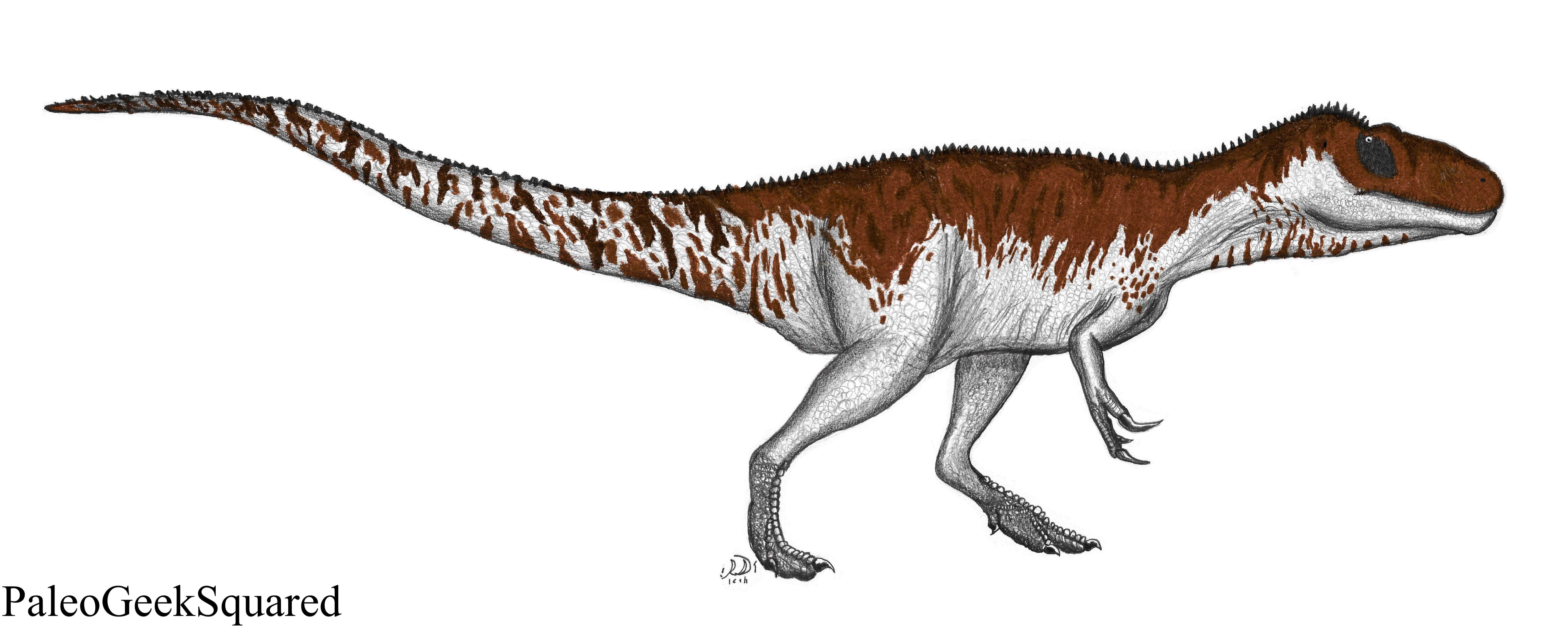Welcome to Afrovenator

Name Definition
African hunter
Name Given By
Paul Sereno, Jeffrey Wilson, Hans Larsson, Didier Dutheil, and Hans Dieter Sues in 1994
Location
Tiourarén Formation of Niger, northern Africa
Classification
Dinosauria, Saurischia, Theropoda, Megalosauroidea, Megalosauridae, ?Afrovenatorinae
Size
around 2 meters tall, 7 - 8 meters long, around 500 - 900 kg
Temporal Range
Bathonian - Oxfordian stages of the Jurassic period, ~167 - 161 million years ago
Ecological niche
apex predator
Species/Sub Species
A. abakensis
Diet
Afrovenator probably preyed on sauropods like Jobaria, especially the sick and young
Introduction
Afrovenator is a genus of megalosaurid theropods that lived in Africa during the Jurassic period. Afrovenator means “African hunter” which fits for an African theropod. The specific name, abakensis, is named after Abaka, which is Tuareg for the Agadez Region which is where the Tiourarén Formation is located. Afrovenator is by far one of the most complete theropods known from Africa since the environmental conditions there could erode fossils that are exposed. Afrovenator, similar to most other megalosauroids, has had a rather confusing taxonomic history and was difficult to classify. Afrovenator was even classified as a spinosaurid at one point and was also classified to have been an allosauroid. Most have come to the conclusion that Afrovenator is a megalosaurid now, though it is still being debated. Some of the differentiating features that would have distinguished Afrovenator from other Jurassic theropods is the particularly long humerus (the longest bone in the forelimb) which would have given it more reach than most other theropods. This might have been the reason Afrovenator was originally classified as a spinosaurid since most spinosaurs have longer forelimbs or arms to catch fish instead of using their long snouts at times. Analysis also shows that Afrovenator had a light build which would mean that it was built for speed rather than for power. Afrovenator was for sure the apex predator of its environment and, while there is no direct evidence for this encounter, it isn’t implausible that Afrovenator would have hunted the bigger sauropod Jobaria which comes from the same geological formation. Similar to most predators hunting their own prey, Afrovenator would have most likely hunted the weak or young Jobaria to gain a physical advantage. There is also a thyreophoran (the armored dinosaurs) present in the formation which Afrovenator may have also hunted but it is unnamed as for now.